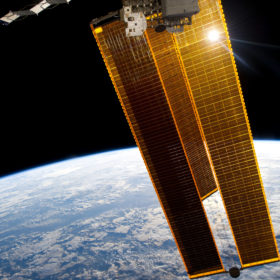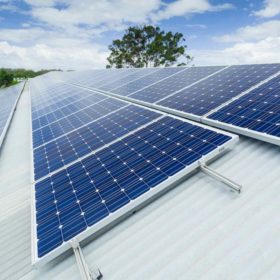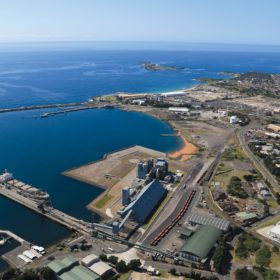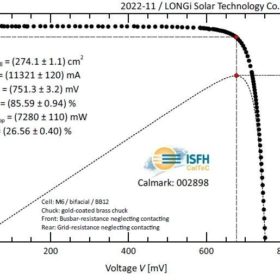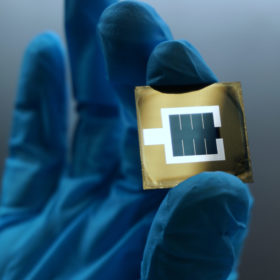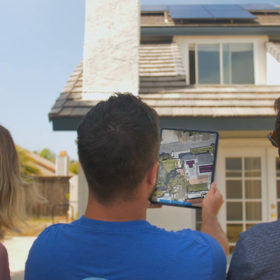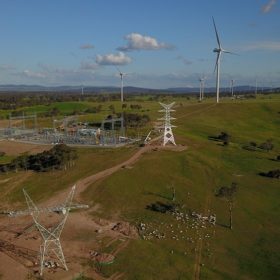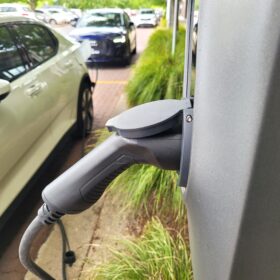UNSW teams with Airbus to develop high-efficiency solar cells for space
Researchers from the University of New South Wales have been tapped to work with European space enterprise Airbus Defence and Space on a strategic research program to fast track the development of high-efficiency solar cells to be used in space.
How closely monitoring households’ energy data can unleash solar outputs and (possibly) make them more money
Almost one in three Australian households have solar panels on their roofs. Most are motivated by rising electricity prices and environmental concerns. Households are paid a so-called feed-in tariff for surplus energy they export to the grid.
EnergyCo makes move to formalise Illawarra REZ
The New South Wales government has declared the Illawarra region on the state’s south coast is set to become a renewable energy and clean manufacturing powerhouse after outlining plans for a coordinated renewable energy zone that will deliver at least 1 GW of new network capacity as the state transitions from fossil fuels to renewable energy.
BIPV shading estimation methods key for uptake, says IEA-PVPS
A recently published report from the International Energy Agency’s Photovoltaic Power Systems Programme on building integrated photovoltaics (BIPV) digitalisation found many industry professionals are unsure of a suitable method for estimating shading in BIPV projects.
Longi claims world’s highest efficiency for p-type, indium-free HJT solar cells
Longi said it has achieved a 26.56% efficiency rating for a gallium-doped, p-type heterojunction solar cell and a 26.09% efficiency rating for an indium-free HJT cell, both based on M6 wafers. Germany’s Institute for Solar Energy Research in Hamelin has confirmed the results.
Researchers achieved world record 32.5% efficiency for a perovskite tandem solar cell
A group of researchers from Helmholtz-Zentrum Berlin (HZB) has achieved a new world efficiency record for a silicon-perovskite tandem solar cell, with a certified efficiency of 32.5%.
For Australia to lead the way on green hydrogen, first we must find enough water
Australia is well-positioned to be a global leader in green hydrogen production. Green hydrogen is produced using a renewable power source such as solar or wind. As a substitute for fossil fuels, it will help to meet growing renewable energy needs.
Danish renewables giant buys Queensland clean energy hub
Danish investment firm Copenhagen Infrastructure Partners has sharpened its focus on long-duration storage in Australia, announcing it has acquired the proposed Bowen Renewable Energy Hub project that is expected to combine 1.4 GW of pumped hydro storage with huge solar and wind generation.
OpenSolar to boost online PV platform capability with $22 million injection
Australian software company OpenSolar plans to speed the development of its free online solar design and sales platform and drive customer expansion globally after securing a funding injection of more than $22 million (USD 15 million).
Governments unite on $7.8 billion transmission investment
The federal and New South Wales governments have combined on a landmark $7.8 billion (USD 5.25 billion) investment to help finance the development of eight critical transmission and renewable energy zone projects as they look to accelerate Australia’s clean energy future.
